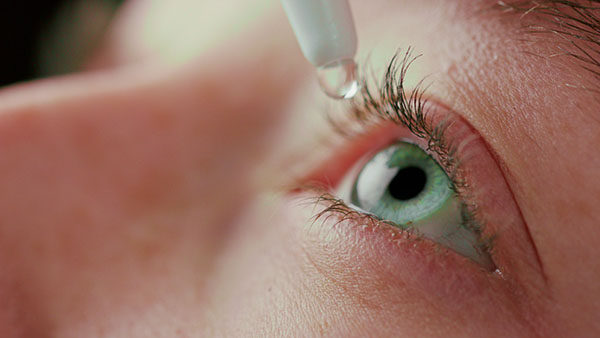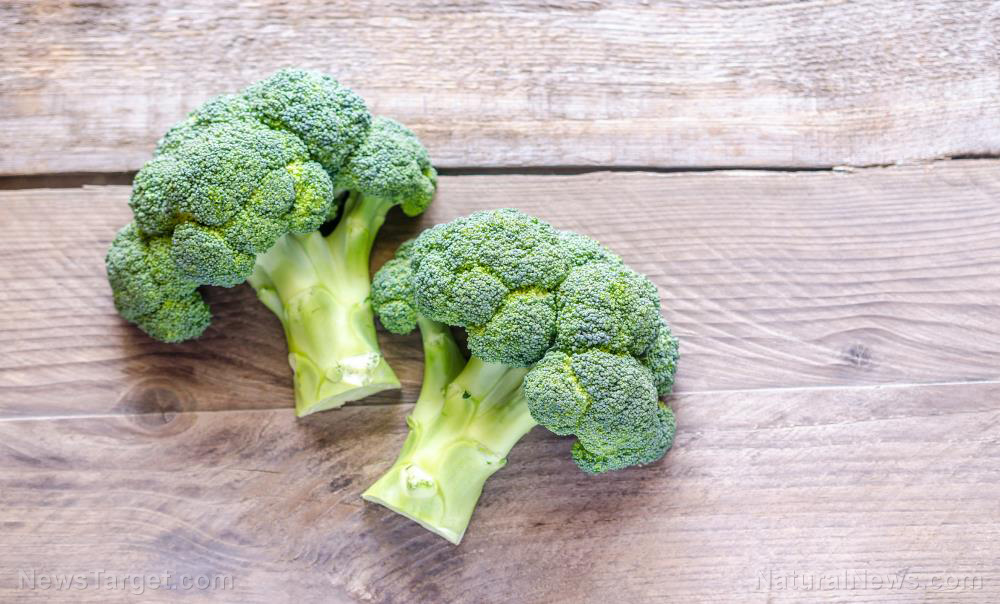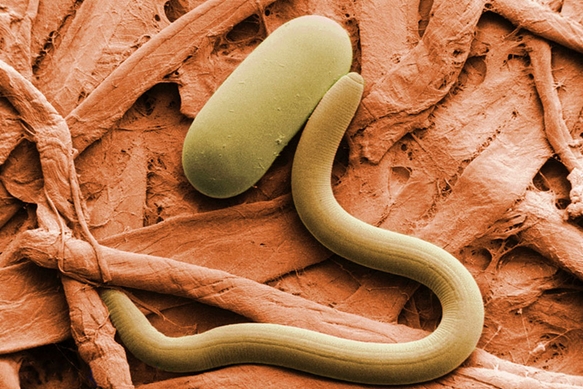Holistic eye care and ancient practices challenge surgery’s reign in cataract treatment
05/31/2025 / By Willow Tohi

- Traditional Chinese Medicine (TCM) techniques, including eye exercises and cervical adjustments, show promise in reversing early-stage cataracts in some cases.
- Dietary antioxidants and reduced screen time mitigate risks, while emerging technologies like e-paper displays protect eye health.
- Holistic approaches emphasize lifestyle changes but cannot replace surgery in advanced cases.
- Mixed scientific evidence exists for natural supplements and herbal remedies; further research is needed.
- Patients are urged to blend ancient methods with modern medicine for optimal eye care outcomes.
Amid rising global health awareness, natural therapies such as Traditional Chinese Medicine (TCM) eye exercises and dietary interventions are gaining traction as alternatives to cataract surgery, long considered the definitive cure. Recent case studies report instances where patients reversed early-stage cataracts through consistent holistic practices, challenging conventional medical paradigms. With cataracts afflicting over 20 million adults worldwide and exacerbated by modern screen-related eye strain, the debate over non-invasive solutions has intensified.
The TCM revolution: Case studies shaking conventional views
Traditional Chinese Medicine, rooted in practices dating back to the Ming Dynasty, posits that eye diseases stem from energy imbalances, not just anatomical flaws. A centuries-old text, Yang Sheng Lei Yao, details eye exercises—such as rotating the eyeballs and meditative palming—to restore ocular clarity. Recent anecdotal success stories support this:
- A 50-year-old woman with near-total vision loss in her right eye regained sight within six months of daily eye massages and tonics, surprising her ophthalmologist.
- Another patient canceled surgery after two weeks of rigorous exercises, though relapse occurred when practices ceased—a testament to consistency’s role.
TCM also targets key pressure points around the eyes, linking them to organ systems via the Bagua (Eight Trigrams) framework. This holistic approach, uncommon in Western medicine, highlights the eyes’ connection to cervical health: patients combining eye exercises with neck adjustments reported slower glaucoma progression or stabilized intraocular pressure.
However, conventional medical consensus classifies such reversals as outliers. The World Health Organization states that, once formed, cataracts cannot be reversed outside surgery—a stark contrast to TCM advocates who stress early-stage intervention.
Scientific perspectives: Efficacy and evidence in the spotlight
While case studies inspire optimism, rigorous scientific backing for TCM’s cataract claims remains sparse. A 2021 study on e-paper displays—a TCM-recommended alternative to damaging screens—did validate their role in reducing eye strain, but evidence for reversal via exercises is inconclusive.
Dietary science offers clearer ground. Antioxidants like vitamins C and E, lutein and omega-3 fatty acids have proven efficacy in slowing cataract progression. A 10-year Australian study found diets rich in such nutrients reduced cataract risk, corroborating TCM’s emphasis on nutrient-dense foods like leafy greens and whole grains. Yet supplements alone aren’t a cure. Harvard researchers caution that excessive claims about vitamins E and B6 lack robust clinical trials.
Herbal remedies, including turmeric and Triphala, face similar scrutiny. While lab studies suggest anti-inflammatory properties, most human trials remain preliminary. Dr. Sushrut Appajigowda, a Bangalore-based ophthalmologist, notes, “Natural treatments may delay symptoms but have no scientific proof to reverse existing cataracts.”
Lifestyle as therapy: Nutrition, technology and preventive habits
Beyond ancient practices, modern lifestyle shifts integrate seamlessly with holistic care:
- Eyes and screens: The average American spends nine hours daily on screens, exposing eyes to harmful blue light. Adopting e-ink readers—free from flicker and glare—can curb damage. A 2021 study found they reduced eye strain by 30% compared to standard LCDs.
- Dietary defense: Consuming carrot juice, bilberries and cold-water fish complements antioxidants’ role. Diabetic patients may slow lens-clouding by controlling blood sugar.
- Movement and rest: Every 50 minutes of screen time should include a 10-minute break; yoga and TCM cervical adjustments improve blood flow to the optic nerve and reduce neck-related strain.
Historical context reinforces these trends: TCM’s focus on prevention mirrors current “wellness” movements, while innovations like intraocular lenses (IOLs) reflect medical advances. Yet both paths converge in their recognition of the body’s interconnected systems—a principle gaining momentum in integrative medicine.
The path forward: Integrating holistic methods with medical care
For millions, the tantalizing prospect of avoiding surgery drives exploration of alternative therapies. Ananthramam Reddy, a Delhi-based TCM practitioner, states, “It’s about synergy. Even those undergoing surgery can benefit from pre- and post-treatment holistic care.”
However, experts warn against complacency. Glaucoma’s irreversible optic nerve damage and advanced cataracts require surgical intervention. Katie Lee (author of a 2024 study), a vision epidemiologist at Johns Hopkins, stresses, “While natural methods might delay cataracts, delaying necessary surgery risks further vision loss.”
A blending of old and new for vision health
The global cataract crisis demands a pragmatic approach: ancient techniques offer empowering tools for early-stage cases and preventive care, but must coexist with modern medicine’s rigor. As one patient noted, “These methods gave me months of clarity I wasn’t ready to surrender yet.” Emerging hybrid models—such as acupuncture paired with medication—hold promise, yet transparency about efficacy is key.
In a health landscape increasingly distrustful of pharmaceutical-centric care, TCM’s resurgence underscores a universal truth: the eyes, like overall health, thrive on balance—between tradition and science, autonomy and specialist guidance.
Sources for this article include:
Submit a correction >>
Tagged Under:
#nutrition, alternative medicine, antioxidants, Cures, eye health, healing, lifestyle, natural medicine, natural remedies, nutrients, prevention, traditional Chinese medicine
This article may contain statements that reflect the opinion of the author





















